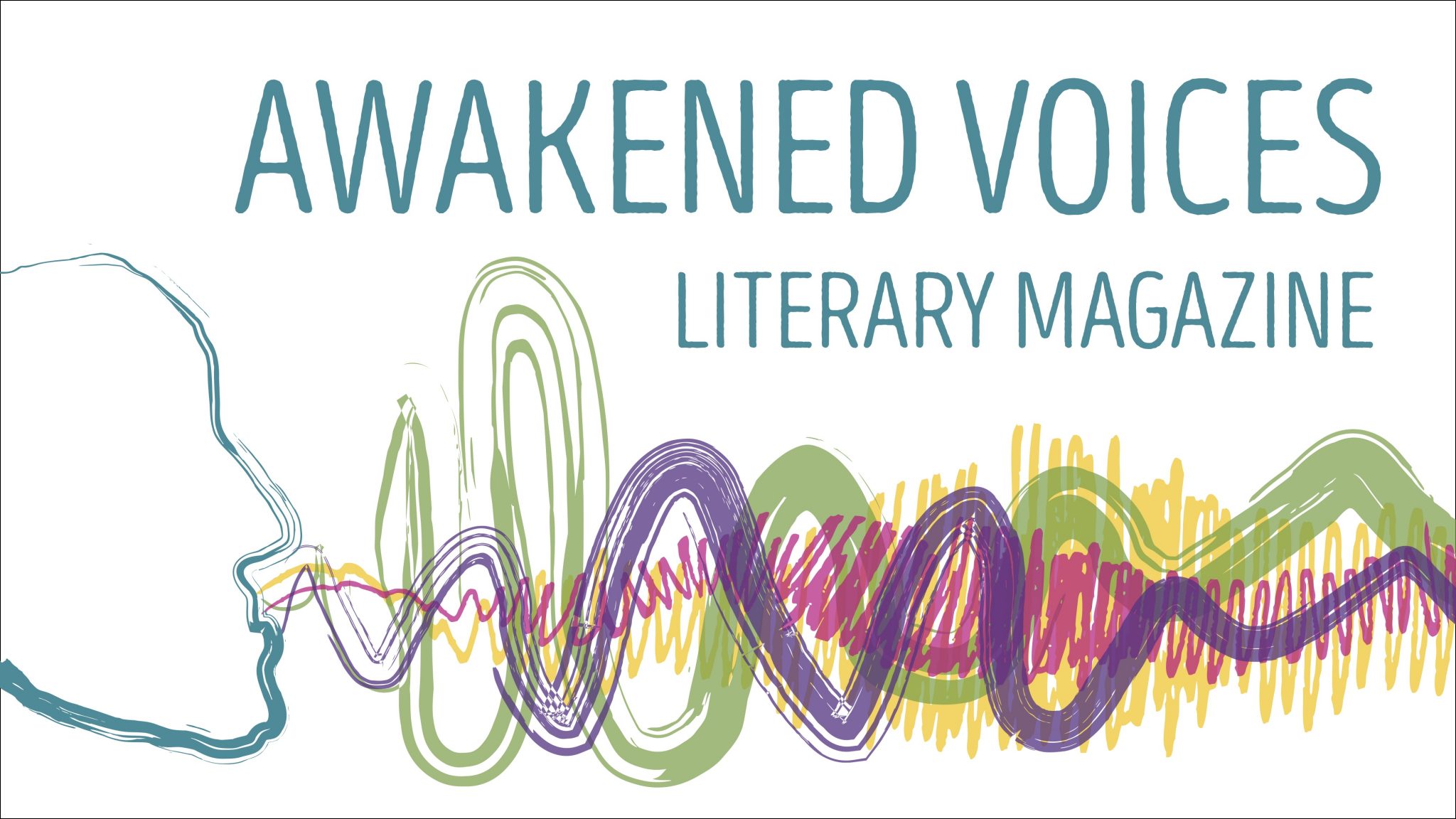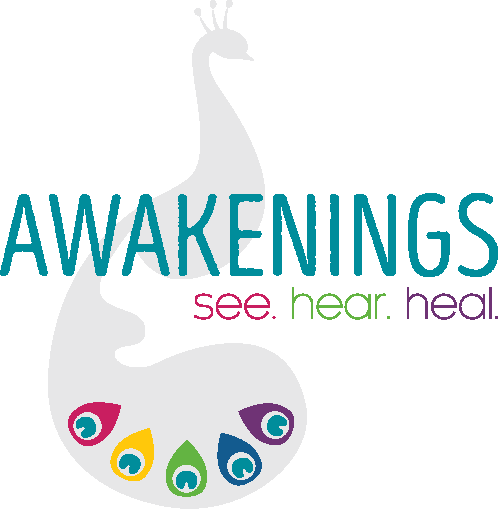
The Nightingale returns to the story of Philomela, a woman of myth who was able to find healing through art. Jane Beal offers a skillful telling of the Greek myth, and her analysis provides a modern path of access for these issues that survivors still deal with, centuries later. Beal ties Philomela’s journey to her own journey of hope and healing, ultimately leaving her readers moved and inspired by the truth in long-loved stories.

The Secret power of Philomela’s transformation
by Jane Beal
This past summer, I visited England, and I saw a nightingale for the first time in the gardens of Lacock Abbey when I went walking there. It was a really extraordinary moment for me. That little brownish bird is a symbol of hope – with a legendary history.
There are no nightingales in America, but there are many in Europe and England, where the song of the nightingale is well-known and well-loved. That song has been associated with poets and poetry for hundreds of years, perhaps most famously in the Romantic poet John Keats’ poem, “Ode to a Nightingale,” in which he declares, “Thou wast not born for death, immortal Bird!”
This is a powerful claim, one that apparently comes from Keats’ familiarity with the haunting legend of Philomela. Originating in Greco-Roman myth but little known today, Philomela’s story is that of a rape survivor who was transformed into a nightingale. I see a secret power in her transformation that can encourage sexual abuse and assault survivors living in our world now.
The first time I encountered the story, I was an undergraduate in college, who had been assigned reading of several myths in an English translation of Ovid’s Metamorphoses. When I got to Philomela’s story, I was triggered badly by it, remembering my own childhood experiences of sexual abuse and assault. I felt angry that my teacher had not warned me and the rest of our class about the content, and it wasn’t until years later that I could see that the story is a gift.
In the myth, a woman named Procne is married to the King of Thrace, a man named Tereus, and she misses her sister, Philomela, after being separated from her for five years. So Tereus sails from Thrace to his wife’s home country – to Athens in Greece – in order to conduct her sister back for a visit. On the ship headed back, Tereus plans to rape the young, innocent, beautiful Philomela. Once the ship lands on Thracian shores, he drags her deep into the woods and assaults the terrified girl in a dark, ramshackle building. Ovid writes, “She is like a dove / with her own blood all over her feathers, fearing / the talons that have pierced and left her.” Philomela cries out against her brother-in-law, and prays to the gods for help, though none comes. So Tereus cuts out her tongue to silence her, so he will not have to listen to her, and he makes her a prisoner in a little house deep in a forest.
Philomela wants to die after she is raped. When Tereus goes to her sister, his wife, he says she is dead. But Philomela is alive, guarded, in that cottage surrounded by stones. While in captivity, Philomela begins to weave a tapestry that reveals what happened to her. Somehow, unable to speak but using gestures, she persuades an old woman to take her tapestry to her sister, Procne. When the queen sees it, she knows the truth. She rescues her sister from the woods, and then plans a terrible revenge on her husband: she kills her son by Tereus, Itys, and serves his body in a cannibalistic soup to the king. When the sisters reveal what they have done, in a rage, Tereus begins to chase them with a sword to kill them.
In this utterly shocking moment, the gods intervene at last, transforming the three tragic characters into birds. The king becomes a hoopoe, “the bird who looks like war,” and the queen becomes a swallow. Philomela becomes a nightingale. So the woman who could not speak after being raped is able to sing ever after. This is the nightingale that Keats calls “immortal.”
Over the years, I have thought about this story many times, and I have shared it with my own students. I do warn them about it first, and I also explain what I see in it: realism, symbolism with moral significance, and hope.
Realism: Philomela’s rape is realistically and graphically described in Ovid’s Metamorphoses, and it is terrible to read, but it has the characteristics of a true story – a story representative of what many women have experienced: violence and enforced silence.
Symbolism and moral significance: Philomela, weaving her tapestry to tell her story, gives us a vivid picture of a rape survivor using art to find her voice and share her experience with her sister. This is beautiful. But the revenge motif is ugly. Yes, the queen’s rage in defense of her sister is understandable, but the queen’s decision to take revenge by attacking against her innocent son is clearly wrong. We know that violence often begets violence, and rape, revenge, and murder are often connected events in a terrible cycle. But the way Ovid describes the murder of Itys, how the child protests in fear and confusion what is about to happen to him, shows that the queen’s revenge is murder, and murder is evil, and murder is no right response to rape.
Hope: The transformation of Tereus, Procne, and Philomela into birds deprives all of them of their ability to murder each other. Each of them flies free, away from the others. Philomela, whose tongue was cut out, regains a voice and the power to sing – a power that inspires poets for centuries afterward.
The secret power of Philomela’s transformation is this hope – hope that does not die, but lives on – an immortal hope. Though Philomela was raped, and wanted to die, she was not “born for death.” She was born to survive and even thrive. Divine intervention freed her from rage and revenge. That mercy gave her wings to escape and songs to sing. Philomela’s story seems to me to be a picture, imperfect though it is, of the healing journey.
In my own life, I have experienced sexual violence and a desire to have revenge on those who perpetrated it against me. But, as a woman of faith who trusts in Jesus, I have also experienced divine intervention and friends who journeyed with me toward healing. In many poems, paintings, and songs created over the years, I have been able to find my voice and tell parts of my story. I have been inwardly transformed. Coming to a place of forgiving those who harmed me has freed me to be more and more creative. This is a great blessing in my life.
When I saw the nightingale in England this summer, I remembered Philomela’s transformation and the hope symbolized by that sweet-singing bird. I treasure that memory in my heart. I have shared it in the hope that it may help others on their healing journey.
References:
Keats, John. “Ode to a Nightingale.” Poetry Foundation. https://www.poetryfoundation.org/poems/44479/ode-to-a-nightingale
Ovid. Metamorphoses. Trans. Rolfe Humphries. (Bloomington, Ind.: Indiana University Press, 1955, 1983. Pp. 143-51.
***
Jane Beal, PhD is a writer, educator, and midwife. She has published many collections of poetry, including _Sanctuary_ (Finishing Line Press, 2008), _Rising: Poems for America_ (Wipf and Stock, 2015), and _Transfiguration: A Midwife’s Birth Poems_ (Lulu Press, 2016), as well as three audio recording projects combining music and poetry: “Songs from the Secret Life,” “Love-Song,” and “The Jazz Bird.” She also writes fiction, creative non-fiction, literary criticism, and music. She teaches at the University of La Verne in southern California. To learn more, please see http://sanctuarypoet.net.
